29 January, 2019


European powers started trading with India from the early 1500s. At first, all British trade was dominated by the London based East India Company, which was granted the monopoly on trade with India in 1600. Over the following 200 years the company became increasingly prominent in the European trading routes with India.
Historian and Migration Museum Trustee David Olusoga meets Professor Margot Finn, an expert on the period, and profiles the Russell family who purchased Swallowfield House near Reading, which is today a block of luxury flats. The house symbolises how these so called Nabobs, British migrants in the employ of the East India Company, returned from India extremely wealthy men, which allowed them to establish themselves at the higher end of the British class system.
Click here to watch (external link to BBC website)
29 January, 2019
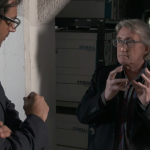
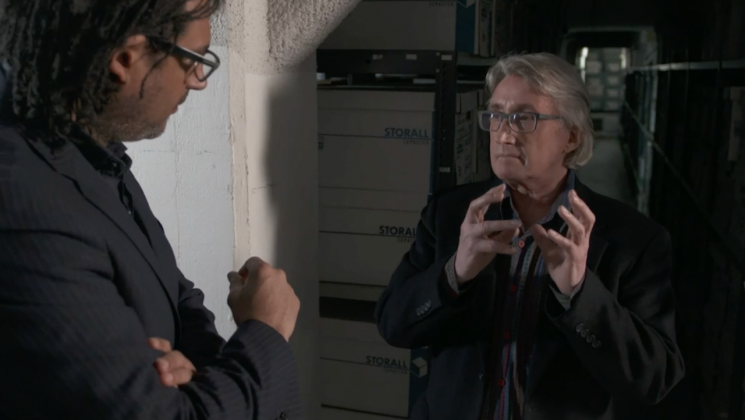
Four hundred years ago all manner of children, teenagers, and young men and women, mainly from the poorest families, were sent, often against their will, to board ships leaving from Bristol across the Irish Sea, and into the Atlantic Ocean. They were sent to meet the growing demand for cheap labour in Britain’s newly created colonies in North America. From 1610 to American independence in 1776, half a million people left Britain for North America. Some were political and religious dissenters, like the Puritans, Quakers and the Irish and Scottish Presbyterians. While others were convicts, sent by the British government to clear out its overcrowded prisons. But around half – that’s a quarter of a million – were indentured servants. And most were sent against their will. Historian and Migration Museum Trustee David Olusoga meets writer Don Jordan, who tells the stories of some of these young people.
Click here to watch (external link to BBC website)
29 January, 2019
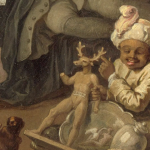
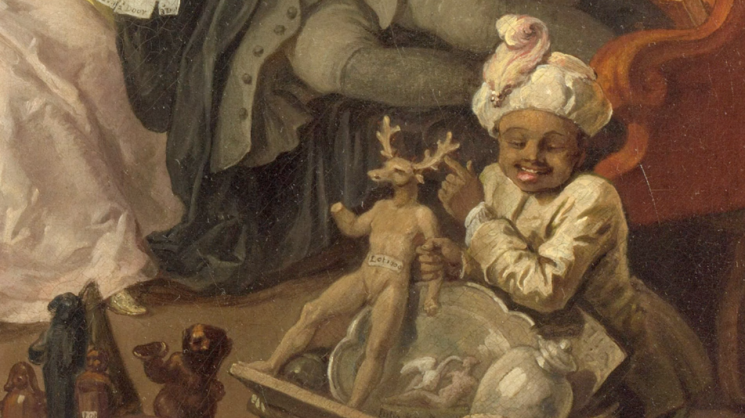
Historian and Migration Museum Trustee David Olusoga looks at the lives of black people in Britain in 1600s and 1700s. He looks at portraits in Ham House in Surrey, which feature images of young black men and women as part of family groups of aristocrats. Olusoga talks to Historian Professor James Walvin who suggests that often these figures were invented and were part of the exoticism associated with international trade and enslavement. Walvin describes black people in the UK as the ‘flotsam and jetsam’ of the slave trade, individuals who found themselves in the UK. Most were in domestic service. Some were sailors in transit in and out of the ports. By the late 18th century the ideas of the French Revolution were spreading and some black people were starting to have a political impact on British society. These included Robert Wedderburn who argued passionately for the emancipation of black slaves and poor whites.
Click here to watch (external link to BBC website)
29 January, 2019
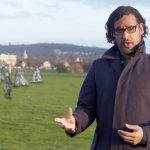

Historian and Migration Museum Trustee David Olusoga tells the story of the Palatines, one of a number of groups of European migrants who came to Britain in the 18th century to escape poverty, religious persecution and seek a better life. In 1709, in an area in Blackheath in south London, 13,000 German migrants called the Palatines formed what became regarded as Britain’s first refugee camp. They spoke different languages and belonged to different churches and became a curiosity for thousands of Londoners of the period. Most hoped to travel on to Carolina in the New World, after promises of work and prosperity, but in the end only a few made the trip to North America, and many returned to Germany. Olusoga meets Dr. Brodie Waddell from Birkbeck at the University of London who is an expert on this period.
Click here to watch (external link to BBC website)









